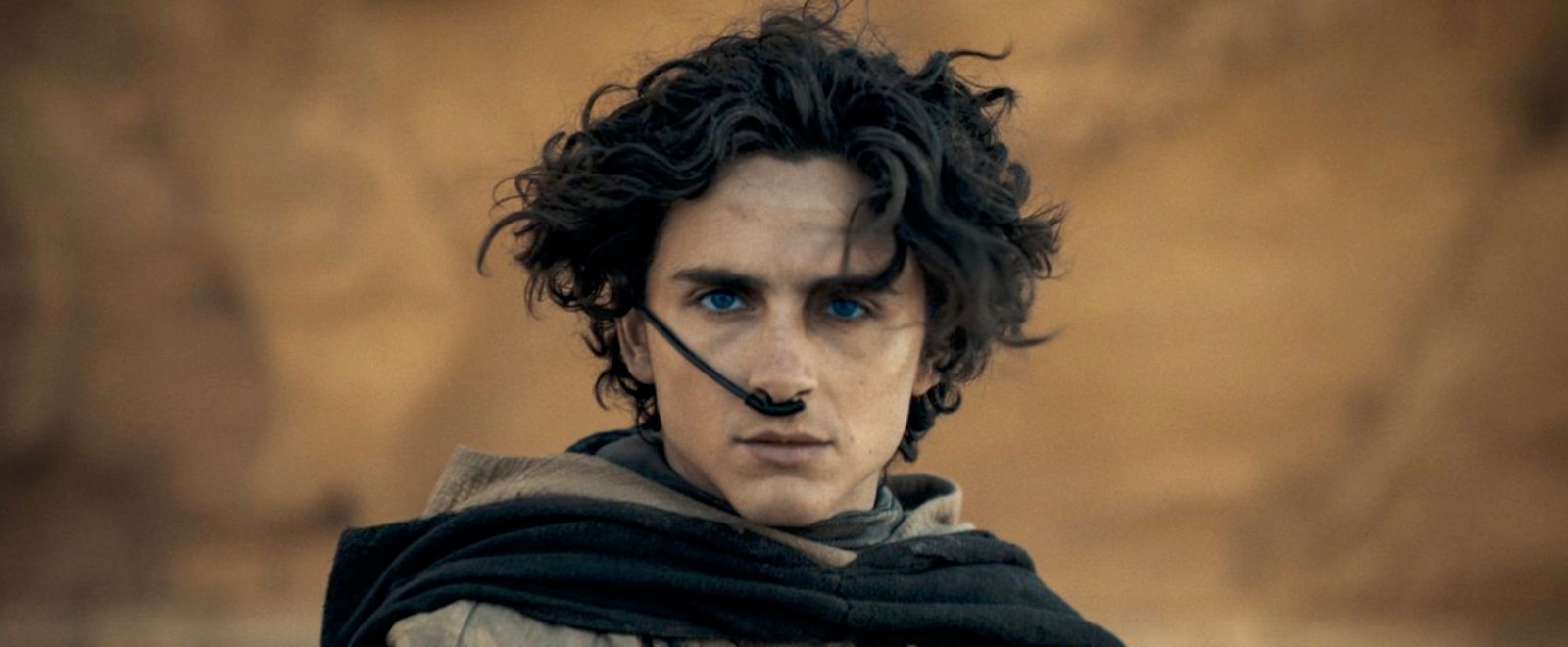There’s a new Dune movie out this weekend. It should have come out around Thanksgiving, but it’s here now and it’s Hoovering up tons of cash money. It’s the continuation of a saga that’s been told a few times onscreen a couple times already, but never featuring an actor who then wrote a book of poetry inspired by his time onset. But if you’re gonna mosey on out to a multiplex to watch the Thufir-less Dune: Part Two, do you need to watch the first one (called, simply, Dune)?
The answer: It’s probably smart to, unless you want to be totally lost.
When Warner Bros. greenlit Dune way back when, director Denis Villeneuve convinced them that it was smart to break the first novel in Frank Herbert’s series in twain. Why? Because it’s absurdly dense, and if you wish to see how convoluted it can get when you try to cram it into 137 minutes, just watch David Lynch’s kooky version from 1984. That film was an infamous underperformer, not bombing outright but making less than its budget, which wasn’t small. It scared Hollywood off from Dune for decades and even almost ruined Lynch’s career. (Thankfully he rebounded with Blue Velvet, and the rest is an occasionally bumpy history, while Dune was made into a Sci Fi Channel miniseries in the year 2000.)
Part Two picks up where the first left off, with Timothée Chalamet’s Paul Atreides and his mom, Rebecca Ferguson’s Lady Jessica, taken in by a reluctant Fremen, the natives to the desert planet of Arrakis. It would behoove you to know their tragic backstory, of how their royal family was all but decimated by the adversarial House Harkonnen, before sitting down for a story mid-flight.
Luckily there are a couple places one can stream Dune as part of a subscription plan, namely Max and Hulu. Just make sure you get the right one, with Chalamet and Austin Butler, not the one with similarly floppy-haired Kyle MacLachlan and Sting. (Although you should watch that one, too, despite its infamy.)







